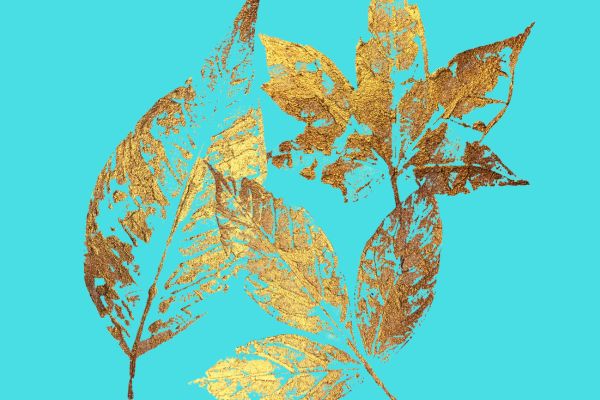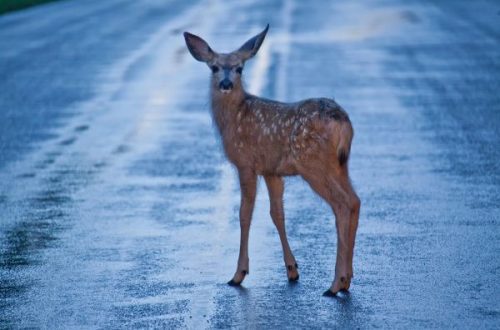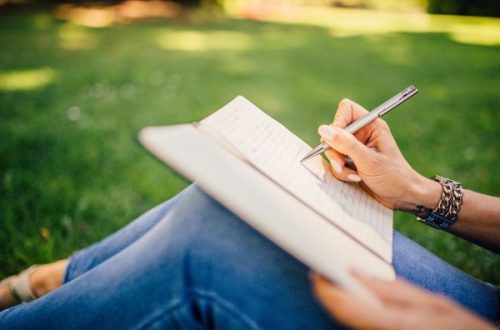
Nature Printing
One of the most enjoyable things about a walk outdoors is collecting leaves, flowers, and other wonderful bits of nature. But what do we do with our little treasures when we get home? Nature printing can turn these items into a fun craft project, but don’t be surprised if you end up with a stunning artwork.
To get started with this simple technique, apply a very, very thin layer of craft paint to one side of a leaf and press it onto a piece of paper. Carefully smooth the leaf down so it makes good contact with the paper. Now slowly remove the leaf with a peeling motion. Voila, a perfect image!
If your print is a little gooshy, use less paint, or remove some by blotting the leaf before making the print. Leaves with interesting shapes, textures, or prominent veins make the best prints.
This is a great project for kids. Use non-toxic paint and lay down plenty of newspapers in case things get messy. Try printing with differently shaped leaves, fern fronds, and simple flowers. Some leaves and flowers are sturdy enough to use for several prints; others will only make one. Three-dimensional objects, like seashells, can be carefully rolled across the paper to make a print.
Rubber stamping techniques also work well with natural objects. Ink a leaf or flower on a stamp pad and then make a print. Try using fabric paint to make nature-printed t-shirts or tote bags.
Experiment with different types of paint and paper, and layer multiple colors of paint for fancier prints. Embellish your prints with calligraphy or other art techniques. Try printing on wood, unglazed clay tile, or other surfaces. This technique can be as simple or as challenging as you like.
Use nature printing as an opportunity to study and appreciate natural objects, express your innate creativity, and just have some fun.
Ideas for connecting with nature through nature printing:
- Take the time to look at the tiny details of your natural objects. Study the shapes, colors, and textures of each item. The more you look, the more amazing things you’ll discover.
- Before collecting, make sure it’s legal and appropriate to take natural items from the area. Some parks have regulations against removing objects and certain plants and animals are protected by law. Please don’t harm any living creatures or take them away from their homes.
- Respect the natural environment and express gratitude for its gifts. When you pick up an object, spend a moment in thankfulness. Thank the plant, animal, or mineral that produced the object, and thank the beautiful planet that gave it to you. The gratitude you feel will enhance your experience.
If you would like to receive weekly emails from me with nature-inspired goodness, please click the button below. I’ll also send you a free gift – a quick downloadable guide to nature journaling.



